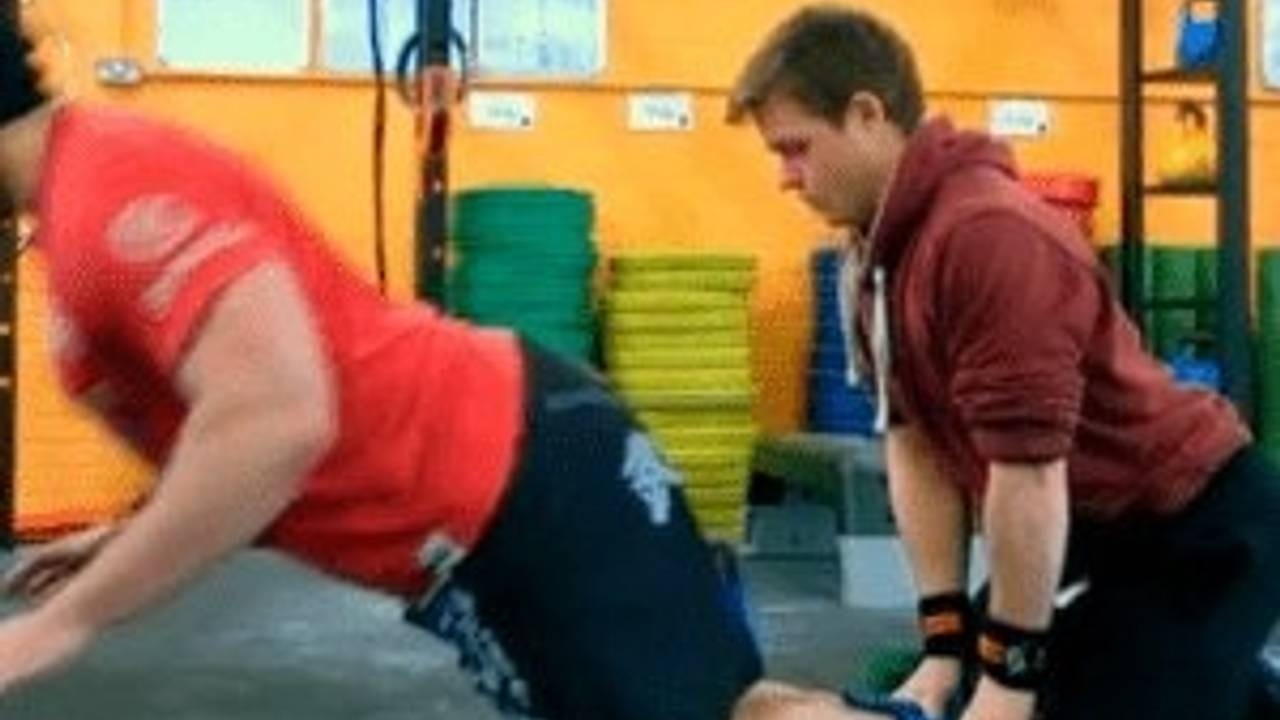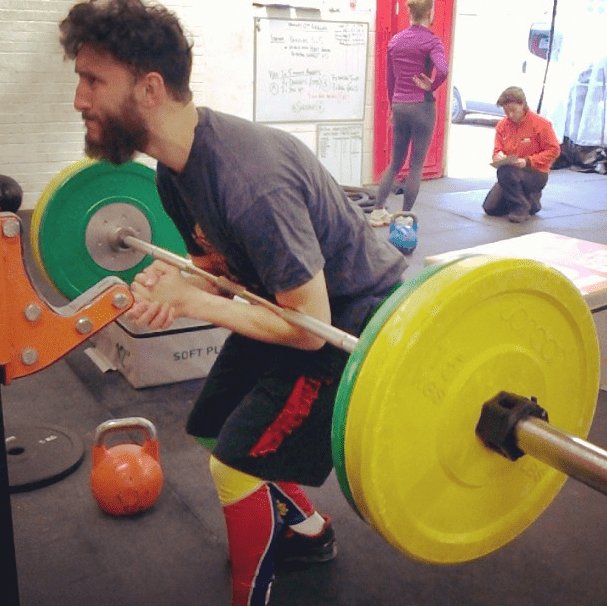
Adjust the Tempo of Your Lifts… Understanding the Benefits of Eccentric Training for Combat Athletes
By William Wayland
There is, in my opinion, a tendency for combat athletes and their strength coaches to focus almost exclusively on rapid concentric work, explosive lifting, plyo’s, jumps and sprinting. What if I were to tell you often they put the cart before the horse, being too keen to get flashy before building a foundation. A foundation of what exactly? People will often say ‘strength’ but I think we can be more specific than that enter eccentric focused training. Much as you can’t shoot a canon from a canoe; an athlete with greatest levels of eccentric strength will display greatest levels of potential explosive strength. Why? Every dynamic movement begins with an eccentric muscle action. Counter movement or pre-loading are paramount to force production in athletes. Put simply the yielding of a muscle, preloads and stores kinetic energy that can then be used explosively. The bigger the boat the bigger the gun! The other benefit for combat athletes is structural changes that aid force absorption in a collision capacity. Things like eccentric loading of hamstrings and upper back can help prevent injuries such as ACL tears and rotator cuff issues respectively.
 I generally plan eccentrics at the start of my heaviest training cycles and farthest away from competition, due to massive neurological demand and soreness that results. Eccentrics can be done supra-maximally(very advanced) or sub maximal (most athletes), I usually use between 60-80% of 1RM. They are also placed earliest in the workout and for beginners I’ll generally limit the number of exercises we do this way to one or two. I’ll run an eccentric cycle for 2-3 weeks, anymore and neurological fatigue really starts to wear on the athlete.
I generally plan eccentrics at the start of my heaviest training cycles and farthest away from competition, due to massive neurological demand and soreness that results. Eccentrics can be done supra-maximally(very advanced) or sub maximal (most athletes), I usually use between 60-80% of 1RM. They are also placed earliest in the workout and for beginners I’ll generally limit the number of exercises we do this way to one or two. I’ll run an eccentric cycle for 2-3 weeks, anymore and neurological fatigue really starts to wear on the athlete.
Generally for beginners We’ll keep eccentrics down to 3-4 seconds creeping up 6 as the athlete matures and becomes familiar with this method.
A favorite method for Beginners is the 321 Squat, this couples eccentric with a short isometric. Doing it this way with light submaximal importantly allows the athletes to focus on getting everything right technically.
Always follow a eccentric with a rapid concentric movement, this helps reinforce movement pathways for both eccentric concentric action. For instance even on the concentric below with an assist I push as hard as I can finish the movement.
Front Squat (assist on concentric)
Below are some of the eccentrics I use specifically with MMA fighters:
Eccentric Zercher Good Morning
Eccentric Single Arm Ring Rows
Eccentric Single leg back extensions
Band offset RDL’s eccentric (for athletes who struggle with lat engagement)
William Wayland is a strength coach and owner of Powering Through in Chelmsford, Essex, UK. Striving for performance that can be measured in success on the field, on the court, in the ring or in the cage. William works with Olympians, UFC fighters and other high level athletes.




